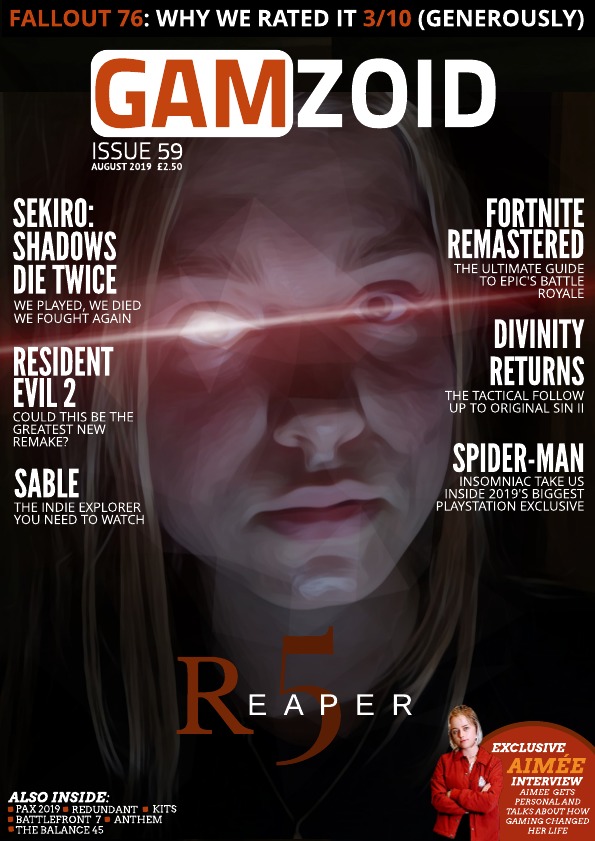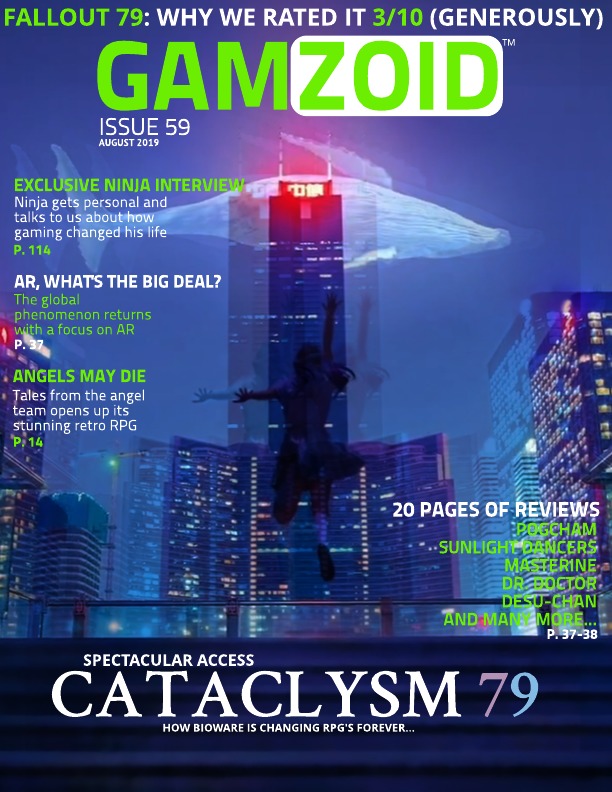Positive and Negative Stereotypes – A stereotype is a mistaken idea or belief many people have about a thing or group that is based upon how they look on the outside, which may be untrue or only partly true
Counter-Types – A counter type is a positive stereotype and emphasises the positive features about a person. An example of a counter type is that all religious people are kind
Misrepresentation – Something that gives a false or misleading account of the nature of an idea, situation, or opinion, or the fact of a subject or person
Selective Representation – When media sources specifically present a certain type of person, place, or object to influence their opinions.
Dominant Ideology – Reactionary text meaning its classifies certain things as “normal”, and is what the majority of people in the world agree on as normal
Constructed Reality – When a media source creates their own ideal reality which isn’t the same as our own that the audience can wish to have
Hegemony – The dominance of certain aspects of life and thought by the penetration of a dominant culture and its values into social life
Audience Positioning – Audience positioning concerns the relationship between the text and the responses an audience may have to that text. The producers encode the texts with signs and messages and the audience decode these messages
Fluidity of Identity – Explains that identity isn’t fixed but dynamic and can change at any time
Constructed Identity – The dominant ideology and concept of how people should act
Negotiated Identity – An individual’s many identities of cultural, ethnic, religious, social class, gender, sexual orientation, professional, family/relational role
Collective Identity – The main identity of a group











